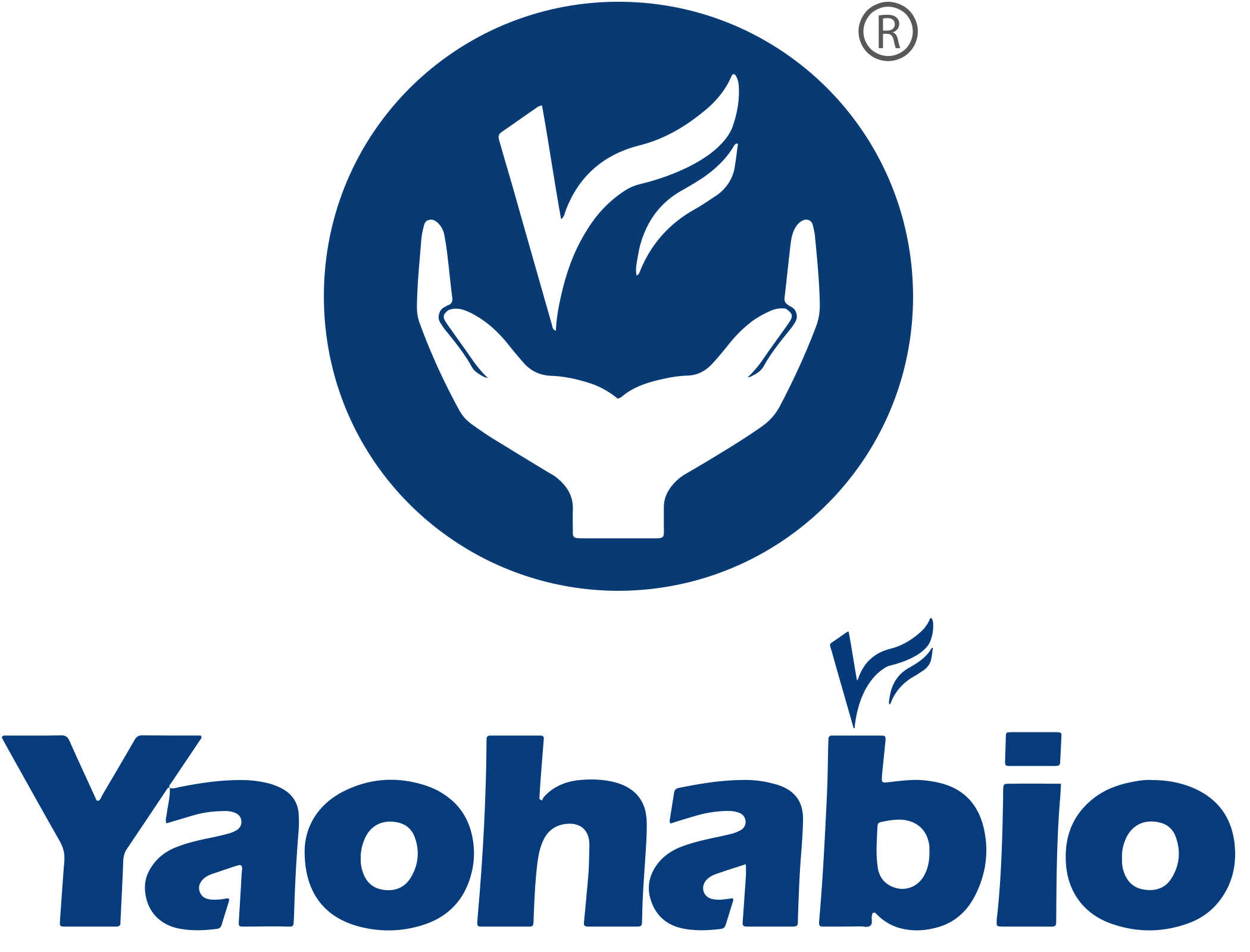Polypeptides Drugs: The Future of Biomedicine
The market for polypeptide drugs is experiencing rapid growth in the biomedical sector, with an annual compound growth rate of 8.5% globally from 2020 to 2030, expected to reach US$141.8 billion by 2030.
Polypeptide drugs are produced via methods like chemical synthesis & genetic recombination. Research and development focus on GLP-1 medications (e.g. Semaglutide) and insulin analogs (e.g. Insulin icodec), which are renowned for high activity, high selectivity, low side effects and exceptional stability.
Common Synthesis Methods:
1. Chemical Synthesis: It mimics the formation of peptide bonds within biological systems. This way offers the advantage of controllable production processes and the ability to modify specific sequences. It also carries drawbacks like forming byproducts (e.g. disulfide bonds) and generating hazardous waste, impacting the environment.
2. Genetic Recombination: It involves inserting genes encoding the desired polypeptide into host cells, using their biosynthetic mechanisms. This method's strengths lie in its closer resemblance to natural biological processes, resulting in polypeptide drugs that are more closely to natural bioactive substances. Furthermore, this method produces less waste, minimizing environmental impact. Yaohai Bio-pharma has developed advanced genetic recombination technology utilizing its established microbial expression system. It has accumulated extensive experience in semaglutide and insulin analog projects, addressing the diverse needs of clients for polypeptide drugs.
Applications:
Polypeptide drugs find extensive applications across endocrine, immune, digestive, and cardiovascular systems. They can be broadly categorized into four types:
1. Hormonal Polypeptides and Derivatives: Early polypeptide drug development focused on human hormones requiring low concentrations due to their short half-lives and high synthesis costs. These include short-peptide drugs like insulin, oxytocin, antidiuretic hormone, and somatostatin, which remain in use today.
2. Natural Polypeptides: It encompasses microbial secondary metabolites and active peptides isolated from amphibians and insect venoms, such as ICK peptides.
3. Polypeptide Vaccines: Polypeptide vaccines have advantages over traditional inactivated and attenuated vaccines. They can prevent infectious and non-infectious diseases and even treat Alzheimer's disease and malignancies.
4. Polypeptide Drug Delivery Systems: Primarily targeting metabolic disorders and tumors, these systems also extend to urinary, respiratory, orthopedic, digestive, endocrine, central nervous, and cardiovascular diseases.
Conclusion
With the continuous surge in market demand for polypeptide drugs, the polypeptide industry is well-positioned for rapid development, becoming one of the key sectors within the biomedical industry. Remember, Yaohai Bio-Pharma's CDMO project experience in polypeptide drugs spans over 10 years, making it an optimal choice for accelerating your polypeptide drug business.
Yaohai Bio-Pharma is also actively seeking institutional or individual global partners and offers the most competitive compensation in the industry. If you have any questions, please feel free to contact us: [email protected]
Hot News
-
Yaohai Bio-Pharma Passed EU QP Audit and Attains ISO Triple Certification
2024-05-08
-
BiotechGate, Online
2024-05-13
-
2024 WORLD VACCINE CONGRESS Washington
2024-04-01
-
CPHI North America 2024
2024-05-07
-
BIO International Convention 2024
2024-06-03
-
FCE COSMETIQUE
2024-06-04
-
CPHI Milan 2024
2024-10-08

 EN
EN
 AR
AR
 HR
HR
 CS
CS
 DA
DA
 NL
NL
 FI
FI
 FR
FR
 DE
DE
 EL
EL
 IT
IT
 JA
JA
 KO
KO
 NO
NO
 PL
PL
 PT
PT
 RO
RO
 RU
RU
 ES
ES
 SV
SV
 IW
IW
 ID
ID
 LV
LV
 LT
LT
 SR
SR
 SK
SK
 SL
SL
 UK
UK
 VI
VI
 ET
ET
 HU
HU
 TH
TH
 TR
TR
 FA
FA
 AF
AF
 MS
MS
 BE
BE
 MK
MK
 UR
UR
 BN
BN

